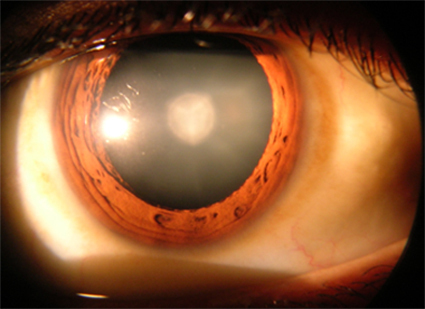“Darn. Where did I leave my eyeglasses now?” This is a familiar cry for many people who use eyeglasses to help with certain tasks such as driving or reading. Eyeglasses are such a simple piece of assistive technology. So simple, we take them for granted. So simple, we even make personal fashion statements with them. So simple, and for some, so necessary. Without my eyeglasses, I wouldn’t even try to pour a cup of tea!
According to the American Vision Council, over two-hundred million Americans use some form of vision correction, eyeglasses and/or contacts, full-time or part-time, prescription or self-prescribed, clear, polarized or sunglasses. Ten million Americans are blind or visually impaired. Whether it is eyeglasses or Braillers, we need and use assistive technology. The question is: To what extent can we design such that these assistive technologies are built in, making the need to have a specialized (and expensive) piece of equipment less necessary?
Principles three and four from the Principles of Universal Design by the Center for Universal Design at North Carolina State University describe ways that we might design products and environments to be easier for people with diminished vision capabilities, and also for everyone else. Principle three: simple and intuitive. If I approach a copier and one button is bigger and green, I can assume it’s the one to punch to have a copy made. If it is no different than the other buttons, I’ll have to read the text next to the button (and maybe go back to my desk to get my eyeglasses). These intuitive indicators help not only if my vision isn’t 20/20 but also if my language was different. Principle four: perceptible information. If my task depends solely on visual guidance, I’m stuck, especially if the size of the info is small. But if it provides audible or tactile feedback, I might have a chance to proceed it without vision. The copy button might have Braille, or if the technology becomes cost effective, audio feedback.
As we evolve we seem to have more visual impairment problems. Many are age related such as macular degeneration, diabetic retinopathy, glaucoma and cataracts. Fortunately, we have more solutions and are taking steps toward the widespread application of universal design. Computers come with awesome text-to-speech and speech-to-text capabilities. Popular books are commonly available in audio formats. Our designers are using tactile and audio indicators to compliment visual cues. Websites have become accessible. Wayfinding is enhanced by a wide selection of talking GPS units. Science is discovering new ways to diminish or repair sight loss. And, specialized products such as Braillers are increasing in their capabilities and lowering in their cost. It’s hard to resist this cliché, the future is indeed bright!
For practical applications in your home: more light output – highest wattage bulbs allowed by fixture, maximize natural light, shield or diffuse glare caused by exposed light bulbs or harsh sources of daylight, use full-spectrum bulbs over traditional bulbs, distribute light evenly, choose products with multiple indicators such as visual, audible and tactile (doorbell or phone with additional light indicators), set the resolution of your monitor to a comfortable reading size, add light to dark hallways, staircases and bathrooms – sometimes a nightlight does the trick, use contrasting colors to indicate edges such as where the wall meets the floor, the edge of a counter and for the riser and tread on a staircase, choose products with large font text (ideally illuminated), and take advantage of automated lighting.
Six Part Assistive Technology Series:
Assistive Technology & UD, Part I: What Is It – 9/13/10
Assistive Technology & UD, Part II: Physical – 9/20/10
Assistive Technology & UD, Part III: Hearing Loss – 9/27/10
Assistive Technology & UD, Part IV: Vision Loss – 10/13/10
Assistive Technology & UD, Part V: Communication, Intellect & Development – 10/18/10
Assistive Technology & UD, Part VI: Conclusion – 10/25/10

